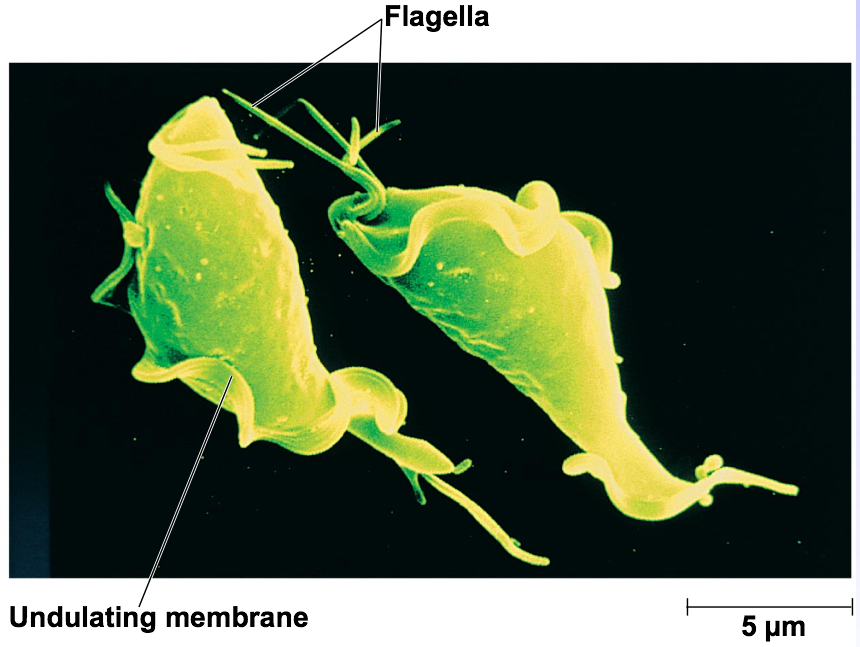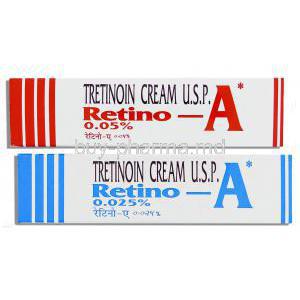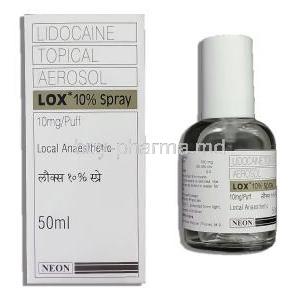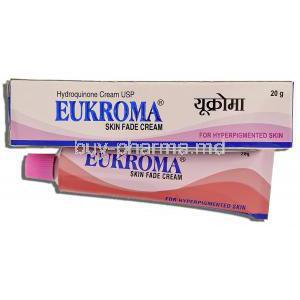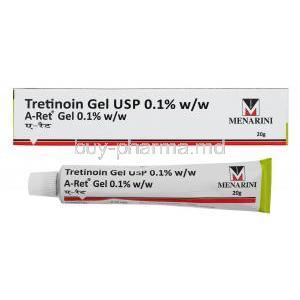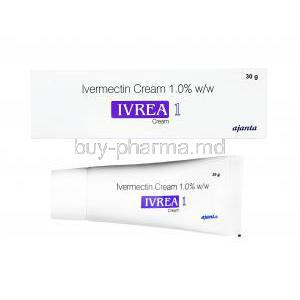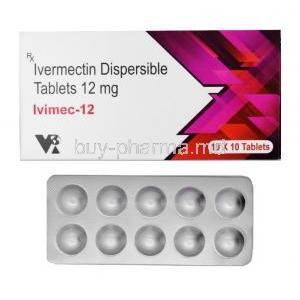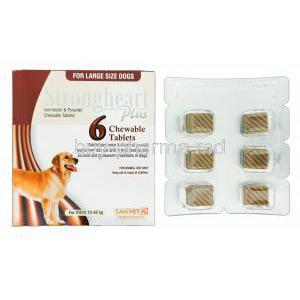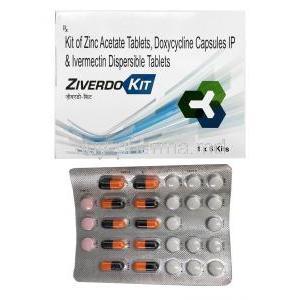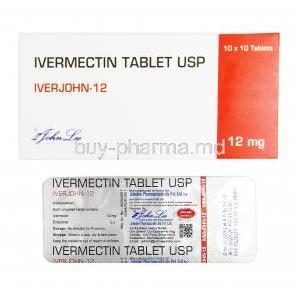Cleocin Vaginal Cream
- 1. Introduction to Cleocin Vaginal Cream
- 2. Active Ingredients and Composition
- 3. Mechanism of Action: How Cleocin Vaginal Cream Works
- 4. Approved Uses of Cleocin Vaginal Cream
- 5. Off-Label Uses of Cleocin Vaginal Cream
- 6. Dosage and Administration Guidelines
- 7. Cleocin Side Effects
- 8. Drug Interactions and Contraindications
- 9. Warnings and Important Precautions
- 10. Special Precautions and Administration Considerations
- 11. Overdose and Emergency Management
- 12. Storage and Handling Instructions
- 13. Handling and Application Precautions
1. Introduction to Cleocin Vaginal Cream
Overview of Cleocin Vaginal Cream
Cleocin Vaginal Cream is a topical antibiotic formulation primarily prescribed for the treatment of bacterial vaginosis. It contains clindamycin phosphate, a potent lincosamide antibiotic, which targets and eradicates pathogenic bacteria within the vaginal environment. Delivered in a cream base, this therapy offers a localized effect with minimal systemic absorption.
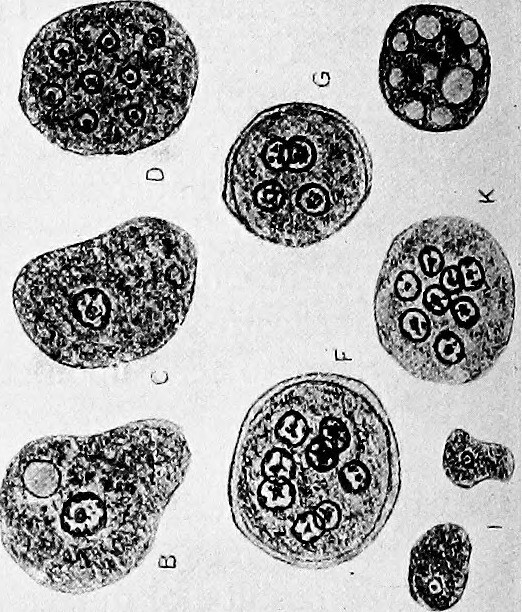
FDA-approved Status and Classification
Cleocin Vaginal Cream is FDA-approved for intravaginal use. It is classified as an Rx-only (prescription-only) medication under the antimicrobial category, specifically indicated for bacterial vaginosis in women of reproductive age. Regulatory clearance underscores its safety and efficacy within defined therapeutic boundaries.
Therapeutic Class and Pharmacological Profile
Belonging to the lincosamide class of antibiotics, Cleocin exhibits bacteriostatic and, at higher concentrations, bactericidal activity. It works by inhibiting bacterial protein synthesis via binding to the 50S ribosomal subunit. Its pharmacokinetic profile ensures high local concentrations in the vaginal mucosa, with limited systemic distribution.
2. Active Ingredients and Composition
Cleocin generic name: Clindamycin Phosphate
The primary bioactive component is clindamycin phosphate (equivalent to 20 mg of clindamycin per gram of cream). It exhibits a broad spectrum of activity against anaerobic bacteria associated with bacterial vaginosis.
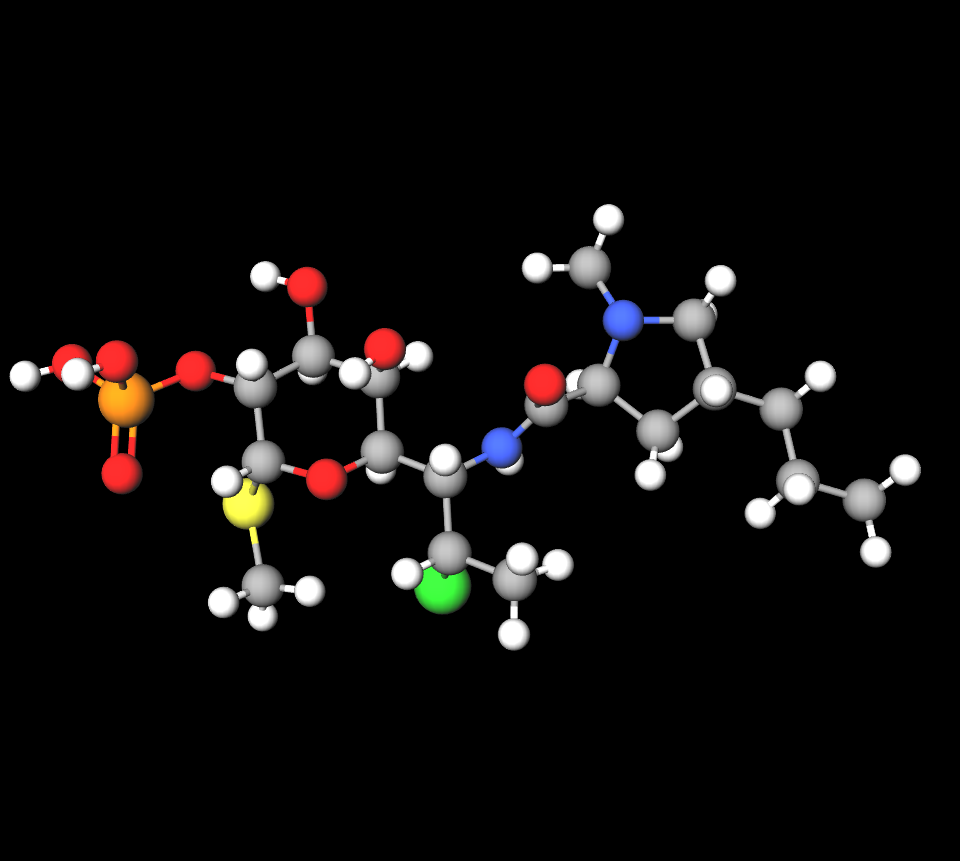
Inactive Ingredients and Excipients
Inactive components may include:
- Purified water
- Cetostearyl alcohol
- Mineral oil
- Glycerol monostearate
- Propylene glycol
These agents aid in emulsification, consistency, and mucosal adherence.
Formulation Details (1% Vaginal Cream)
Cleocin is supplied as a 1% concentration vaginal cream in pre-filled applicators or tubes. Each full applicator (approximately 5 grams) contains 100 mg of clindamycin phosphate.
3. Mechanism of Action: How Cleocin Vaginal Cream Works
Clindamycin's Antibacterial Activity
Clindamycin targets and eliminates obligate anaerobic bacteria responsible for dysbiosis in the vaginal microbiome.
It is particularly active against Gardnerella vaginalis, Mobiluncus spp., and Mycoplasma hominis.
Inhibition of Bacterial Protein Synthesis
The antibiotic binds to the 50S subunit of bacterial ribosomes, blocking peptide chain elongation. This action halts protein synthesis, suppressing bacterial proliferation and virulence.
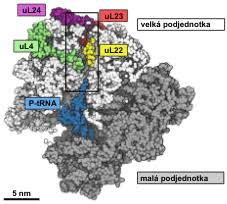
Spectrum of Activity (Aerobic and Anaerobic Bacteria)
- Strong inhibition of anaerobes
- Moderate activity against gram-positive aerobes
- Ineffective against gram-negative aerobes and fungi
Effect on Vaginal Flora
Clindamycin reduces overgrowth of pathogenic anaerobes while potentially disrupting protective Lactobacillus species, which may lead to secondary fungal overgrowth in some users.
4. Approved Uses of Cleocin Vaginal Cream
Bacterial Vaginosis in Non-Pregnant Women
Cleocin is a first-line treatment for bacterial vaginosis (BV) in adult, non-pregnant women. It alleviates symptoms such as abnormal discharge, odor, and irritation.
Bacterial Vaginosis in Pregnant Women (Specific Gestational Periods)
Approved for use in pregnant women during the second and third trimesters when oral therapy is contraindicated. Clinical trials have demonstrated relative safety in later pregnancy.

Vaginal Infections Caused by Anaerobic Bacteria
Cleocin targets a broad range of anaerobic vaginal pathogens, making it suitable for mixed or undefined anaerobic infections.
5. Off-Label Uses of Cleocin Vaginal Cream
Treatment of Vaginal Trichomoniasis (in Combination Therapy)
Adjunctive Therapy for Mixed Vaginal Infections
Effective as part of combination regimens for polymicrobial infections involving Candida albicans, Gardnerella, and anaerobes.
Empirical Treatment for Nonspecific Vaginitis
Utilized when clinical symptoms suggest vaginitis but lab confirmation is pending or inconclusive.
Use in Recurrent Bacterial Vaginosis Prevention
Intermittent use under physician supervision may help reduce recurrence in chronic BV sufferers.
6. Dosage and Administration Guidelines
Cleocin Dose
- 1 applicator (5 grams) intravaginally once daily at bedtime
- Typical duration: 3 to 7 days depending on patient response

Duration and Timing of Treatment
Instructions for Use with Applicator
- Wash hands thoroughly before application
- Fill applicator fully and insert gently into the vaginal canal
- Depress plunger to release cream

Missed Dose Protocol
If a dose is missed, apply as soon as remembered unless near the time of the next dose. Avoid double application.
Repeat Treatment Protocols and Frequency Limitations
Repeat courses should not be initiated without reassessment. Overuse may promote resistance and adverse effects.
7. Cleocin Side Effects
7.1 Common Side Effects
- Vaginal pruritus or burning sensation
- Thin, white discharge
- Mild gastrointestinal cramping

7.2 Less Common and Serious Side Effects
- Hypersensitivity reactions (rash, urticaria, rare anaphylaxis)
- Clostridioides difficile-associated colitis
- Post-treatment vaginal bleeding
- Emergence of antibiotic-resistant strains
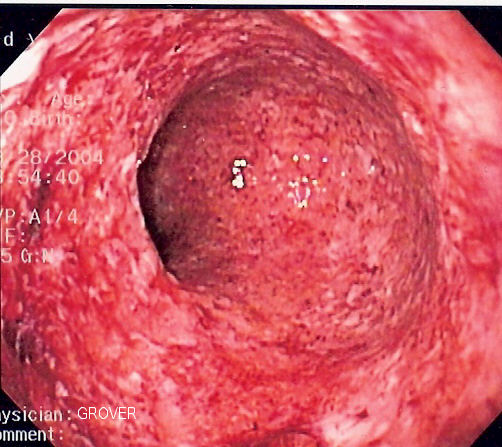
8. Drug Interactions and Contraindications
8.1 Known Drug Interactions
- Concurrent oral clindamycin may amplify systemic effects
- May degrade latex, compromising condoms and diaphragms
- Caution with other intravaginal products due to antagonistic pH or excipient interactions
- Seizure medications, such as carbamazepine, phenobarbital, and phenytoin
- Antibiotics like rifampin.
- Dietary supplements like St. John's wort.
8.2 Contraindications
- Known hypersensitivity to clindamycin or related compounds
- Prior history of antibiotic-induced colitis
-Use during the first trimester of pregnancy without specialist oversight
9. Warnings and Important Precautions
Risk of Colitis and Diarrhea
Superinfection with Non-Susceptible Organisms
Extended use may promote fungal overgrowth or colonization with resistant bacteria.
Discontinuation in Case of Severe Irritation or Hypersensitivity
Patients experiencing burning, rash, or swelling should stop treatment and consult a healthcare provider immediately.
Avoiding Vaginal Intercourse, Tampon Use, or Other Vaginal Products During Therapy
Intercourse and intravaginal devices should be avoided during the course of therapy to ensure effectiveness and minimize irritation.
10. Special Precautions and Administration Considerations
10.1 Administration in Elderly Patients
In geriatric populations, pharmacokinetics can be altered due to age-related physiological changes such as reduced hepatic metabolism, diminished renal clearance, and decreased mucosal perfusion. Although Cleocin Vaginal Cream is intended for local administration with minimal systemic absorption, caution is still warranted.
- The vaginal mucosa may become thinner and more fragile in postmenopausal women, increasing sensitivity to topical agents.
- A longer duration of cream retention may occur due to decreased vaginal discharge in older adults. However, there is limited clinical data specifically evaluating the efficacy and safety of clindamycin vaginal cream in women over 65 years of age. As a result, individualized assessment based on patient health status, comorbidities, and concurrent medications is essential.

10.2 Use in Pregnant and Nursing Women
Clindamycin vaginal cream is classified as a Pregnancy Category B drug by the FDA, indicating that animal studies have not demonstrated a risk to the fetus, but adequate and well-controlled studies in pregnant women are lacking.
- Use in the first trimester is not recommended unless clearly necessary and prescribed under specialist supervision.
- Intravaginal administration limits systemic exposure, which reduces the theoretical risk to fetal development.
During lactation, while systemic absorption is low, trace amounts may still be excreted into breast milk. Although adverse effects in nursing infants are unlikely, monitoring for signs of gastrointestinal disturbance (e.g., diarrhea or candidiasis) is advised if exposure is suspected.
10.3 Administration in Pediatric Populations
Cleocin Vaginal Cream has not been extensively studied in children and is not recommended for use in premenarchal individuals due to a lack of safety and efficacy data.
- Adolescents who are post-menarcheal may use the cream under medical supervision if a diagnosis of bacterial vaginosis is confirmed.
- In younger patients, alternative treatment options should be considered.
- Long-term effects of clindamycin on developing reproductive tissues remain unexplored.
11. Overdose and Emergency Management
Symptoms of Overdose with Topical Clindamycin
Overdose via vaginal administration is rare due to the low systemic absorption. However, inappropriate or excessive use may lead to:
- Increased local irritation, burning, or mucosal inflammation
- Possible systemic symptoms such as nausea, diarrhea, or abdominal discomfort if absorbed
Risk of Systemic Absorption and Toxicity
While designed for localized application, repeated or high-volume use, particularly in patients with compromised vaginal mucosa, can increase the risk of systemic absorption. Systemic toxicity may present as gastrointestinal distress or, in severe cases, pseudomembranous colitis.
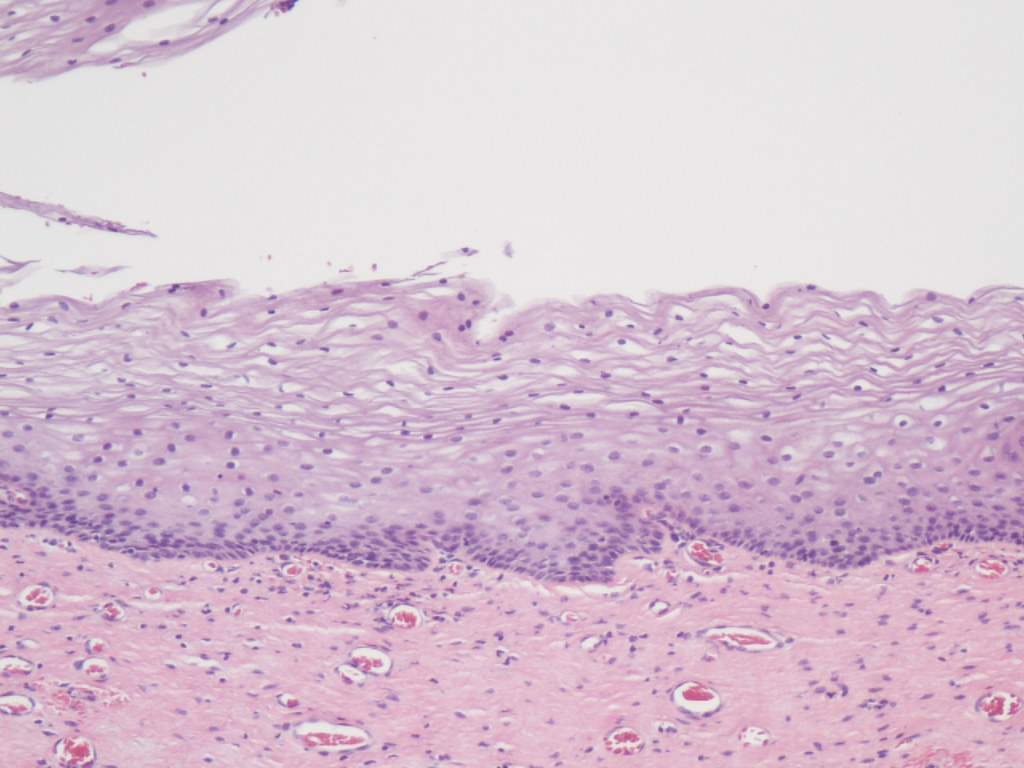
Recommended Treatment and Supportive Measures
- Discontinue use immediately if overdose is suspected.
- Supportive care includes hydration, symptomatic treatment, and monitoring for signs of colitis.
- In cases of severe systemic effects, hospitalization and specialist consultation may be required.
12. Storage and Handling Instructions
Recommended Storage Conditions (Temperature and Humidity)
Cleocin Vaginal Cream should be stored at controlled room temperature, ideally between 20°C and 25°C (68°F to 77°F). Protect from excessive heat and freezing.
Shelf Life and Expiration Monitoring
- Always check the expiration date before use.
- Do not use beyond the indicated shelf life, as degradation of the active ingredient may occur.
- Discoloration, separation, or an unusual odor indicates possible spoilage.
Proper Disposal of Unused Medication
Unused or expired cream should not be flushed or poured down the drain. Return to a pharmacy take-back program or follow local regulations for safe disposal of medical products.
Applicator Cleaning and Hygiene
- Single-use applicators should be discarded after use.
- If reusable applicators are used (in rare formulations), they must be cleaned thoroughly with warm water and mild soap.
- Ensure full drying before reuse to prevent bacterial contamination.
13. Handling and Application Precautions
Handwashing Before and After Application
Strict hand hygiene is essential to prevent contamination of the medication and reduce the risk of secondary infection.
- Wash hands thoroughly before opening the tube or handling the applicator.
- After application, wash hands again to avoid unintentional transfer to the eyes or other sensitive areas.
Avoidance of Contact with Eyes or Mouth
Cleocin Vaginal Cream is for vaginal use only.
- Accidental contact with eyes or oral mucosa may cause irritation.
- In case of exposure, rinse thoroughly with clean water and seek medical attention if symptoms persist.
Environmental Exposure and Contamination Avoidance
- Store the cream in its original container to avoid contamination.
- Keep away from pets and children.
- Do not expose to sunlight or extreme temperatures, which may degrade the product.
Patient Hygiene Practices During Treatment
- Refrain from using tampons, douches, or other vaginal products during treatment.
- Avoid sexual intercourse to allow full therapeutic effect and prevent transmission.
- Wear breathable cotton underwear and avoid tight clothing to reduce moisture buildup and irritation.
Cleocin Vaginal Cream FAQ
- Can Cleocin treat yeast infections?
- What STD does Cleocin treat?
- What is the drug Cleocin used for?
- What is Cleocin cream used to treat?
- How fast does Cleocin work?
- What causes bacterial vaginosis?
- Is Cleocin a good antibiotic?
- How long can I use Cleocin?
- Is Cleocin safe for kidneys?
- Does Cleocin treat UTI?
- Does Cleocin make you sleepy?
- What infections does Cleocin treat?
- What is Cleocin used for?
- What is cleocin?
- How does cleocin-hcl-1 work?
- Is Cleocin a penicillin?
- How long does cleocin take to work?
Can Cleocin treat yeast infections?
No
What STD does Cleocin treat?
Cleocin could potentially assist in the treatment of Chlamydia infections.
What is the drug Cleocin used for?
Cleocin is a type of antibiotic used to treat infections.
What is Cleocin cream used to treat?
Bacterial infection and acne
How fast does Cleocin work?
1-3 days
What causes bacterial vaginosis?
An overgrowth of bacteria in the vagina leads to vaginosis (BV) disrupting the balance of normal vaginal bacteria and reducing the presence of beneficial lactobacilli.
Is Cleocin a good antibiotic?
Clindamycin is an antibiotic used to treat severe infections.
How long can I use Cleocin?
Months
Is Cleocin safe for kidneys?
Yes
Does Cleocin treat UTI?
In situations, it might be employed for addressing urinary tract infections in individuals with sensitivities to the usual UTI medication options.
Does Cleocin make you sleepy?
No
What infections does Cleocin treat?
The FDA authorizes Clindamycin to treat a range of infections including septicemia. It is also used for abdominal infections and gynecological issues. Additionally, it is effective against infections as well as bone and joint infections. Skin and skin structure infections can also be treated with Clindamycin, as approved by the FDA.
What is Cleocin used for?
Skin infections such as cellulitis, lower respiratory tract infections like pneumonia and bronchitis, stomach infections, pelvic and genital tract infections, bloodstream infections, bone and joint infections.
What is cleocin?
Skin infections such as cellulitis, lower respiratory tract infections like pneumonia and bronchitis, stomach infections, pelvic and genital tract infections, bloodstream infections, bone and joint infections.
How does cleocin-hcl-1 work?
Cleocin HCL (clnidamycin hydrochloride) a functions by halting the proliferation of bacteria.
Is Cleocin a penicillin?
No
How long does cleocin take to work?
6 weeks


